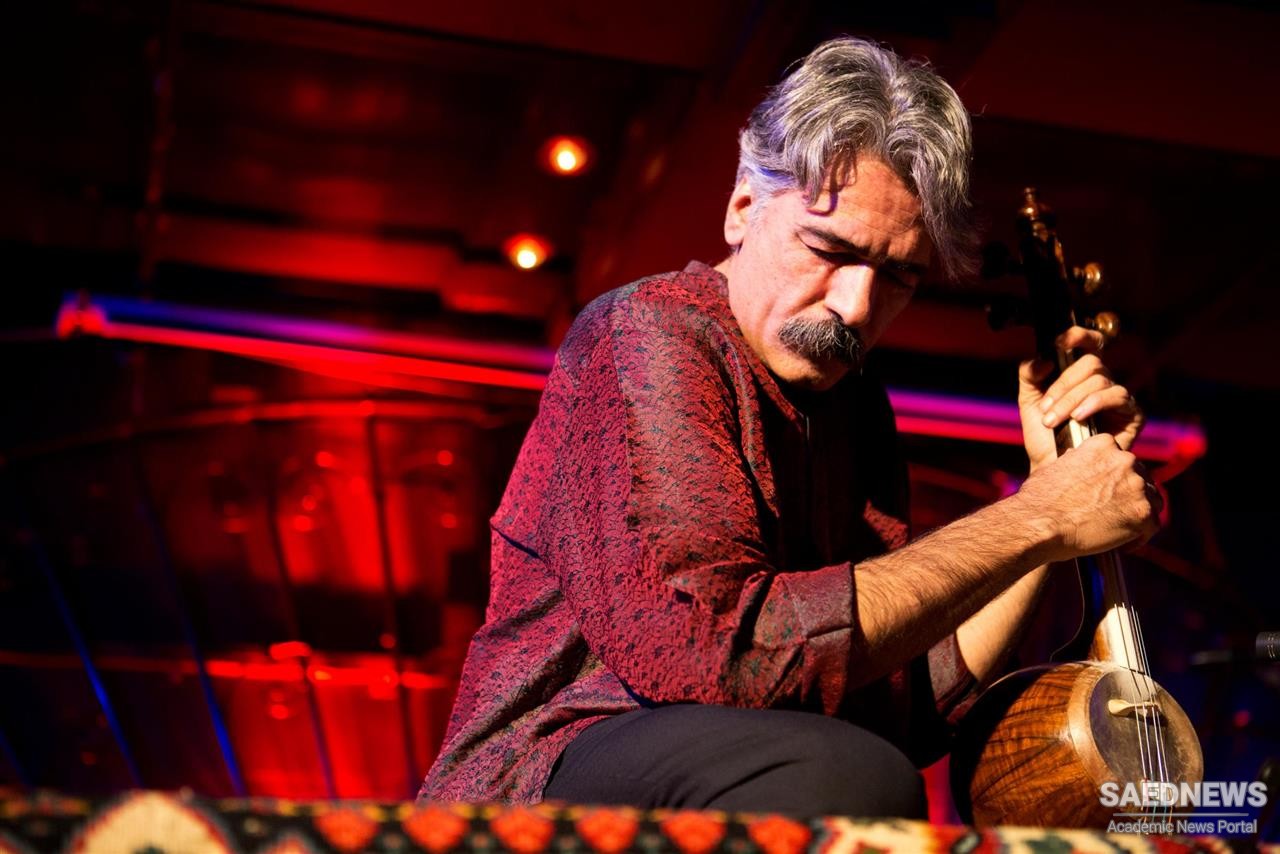How strictly this tradition was followed is unknown, as is the period when the practice fell into disuse. It was described as late as the twentieth century by Mirza Nasir Forsat-e Dowleh in Bohur el Alhan, but as a fading historical practice rather than a contemporary one. Presently, the time of day has no relation to the choice of dastgah, as the performer simply selects a dastgah he particularly favors or one that suits his feeling of the moment. When playing for television or radio, a performer may be asked to perform a certain dastgah; or, if the composition includes a tasnif, the dastgah of the tasnif will be used as well for the improvisatory sections from the radif (each tasnif is associated with one particular dastgah). With the exceptions of the two dastgah Nava and Rast Panjgah, used only rarely today, most artists can perform the dastgah equally well and upon request.
When a musician selects a particular dastgah he calls to mind a large repertory of gusheh-ha. He must decide how many to play and in what order. The first of these decisions is naturally dependent on the extent of his knowledge of the radif and on the length of the performance. In an informal music session, the time is virtually unlimited, and, theoretically, the entire repertory of the dastgah might be played. But for a radio or television program, where the performance is generally limited to ten or fifteen minutes at the most, or for the small 45 rpm phonograph recordings common in Iran, the musician performs only the three or four most important gusheh of that dastgah and several pieces, or tekke-ha. The radif-ha of Mussa Mac ruffi, Ibrahim Mansuri, and Mehdi Gholi Hedayat contain an unusually large number of gusheh-ha for each dastgah. But few of the musicians performing today know this many, as the practice of learning the full radif is weakening among the present generation of music students, who learn a smaller repertory, usually the one in the Saba instruction manuals. Rather than studying the more obscure gusheh-ha, the student learns four or five in each dastgah and goes on to popular composed pieces, such as the tasnif and pishdaramad.
The order in which the gusheh-ha are played is loosely defined by tradition and is contained in the radif. There is even considerable agreement among the different versions of the radif regarding this traditional order of gusheh-ha. The order usually follows a curve, starting from the lowest part of the dastgah's range and rising gradually until a high point is reached, with each gusheh encompassing a slightly higher range. At the end of the performance, there is a descent to the starting tetrachord. For instance, in the dastgah of Sehgah, it is customary to begin the performance with the daramad, which is in the lowest tetrachord, and progress to the gusheh-ha of Zabol, Muyeh, and Mokhalef, then return to the first tetrachord.


 Dastgah System and Its Subdivisions: Gusheh-ha
Dastgah System and Its Subdivisions: Gusheh-ha














































